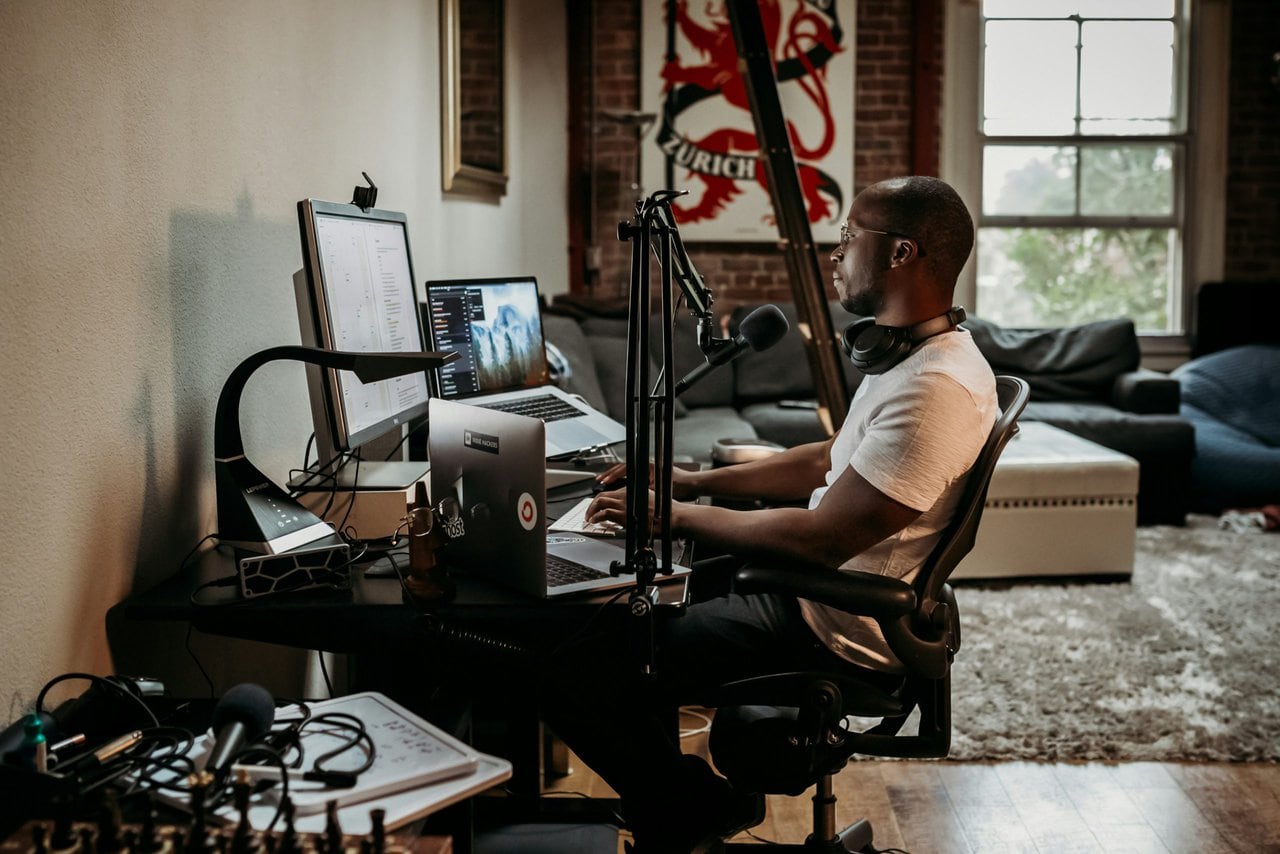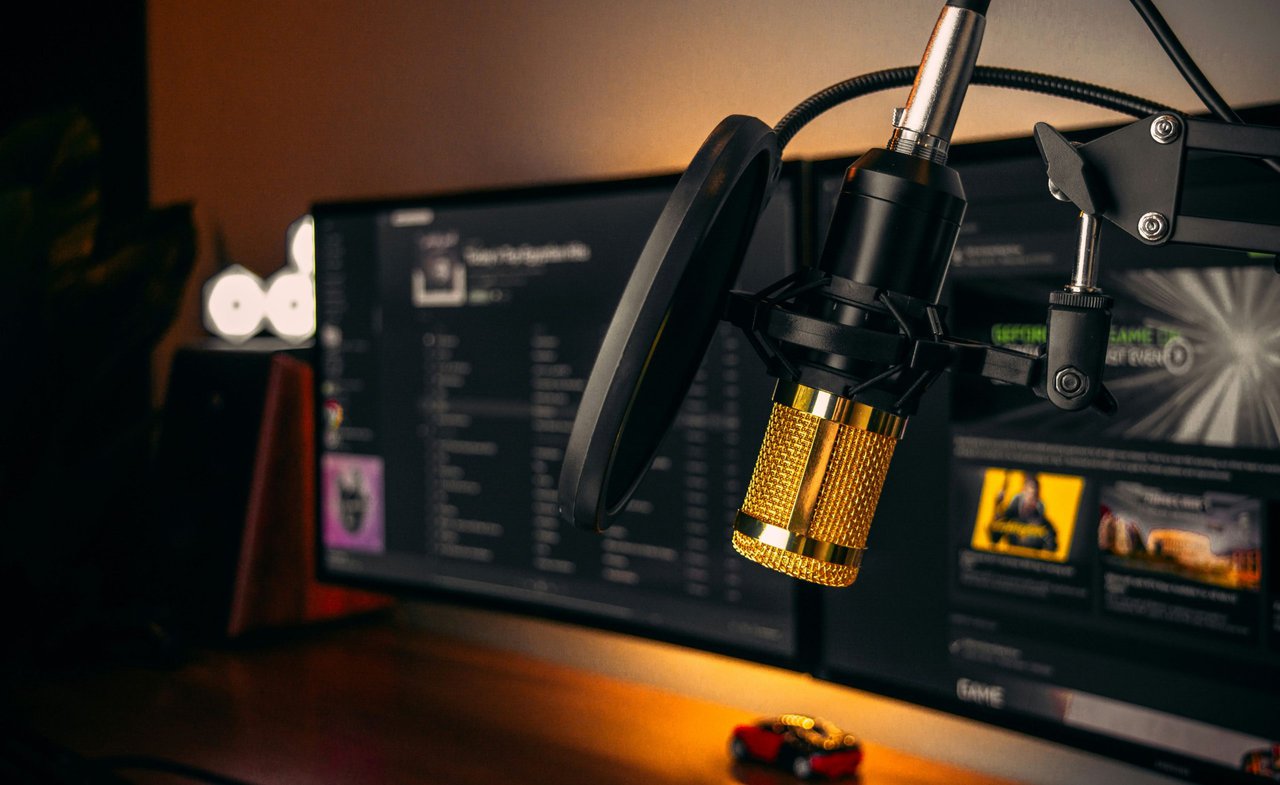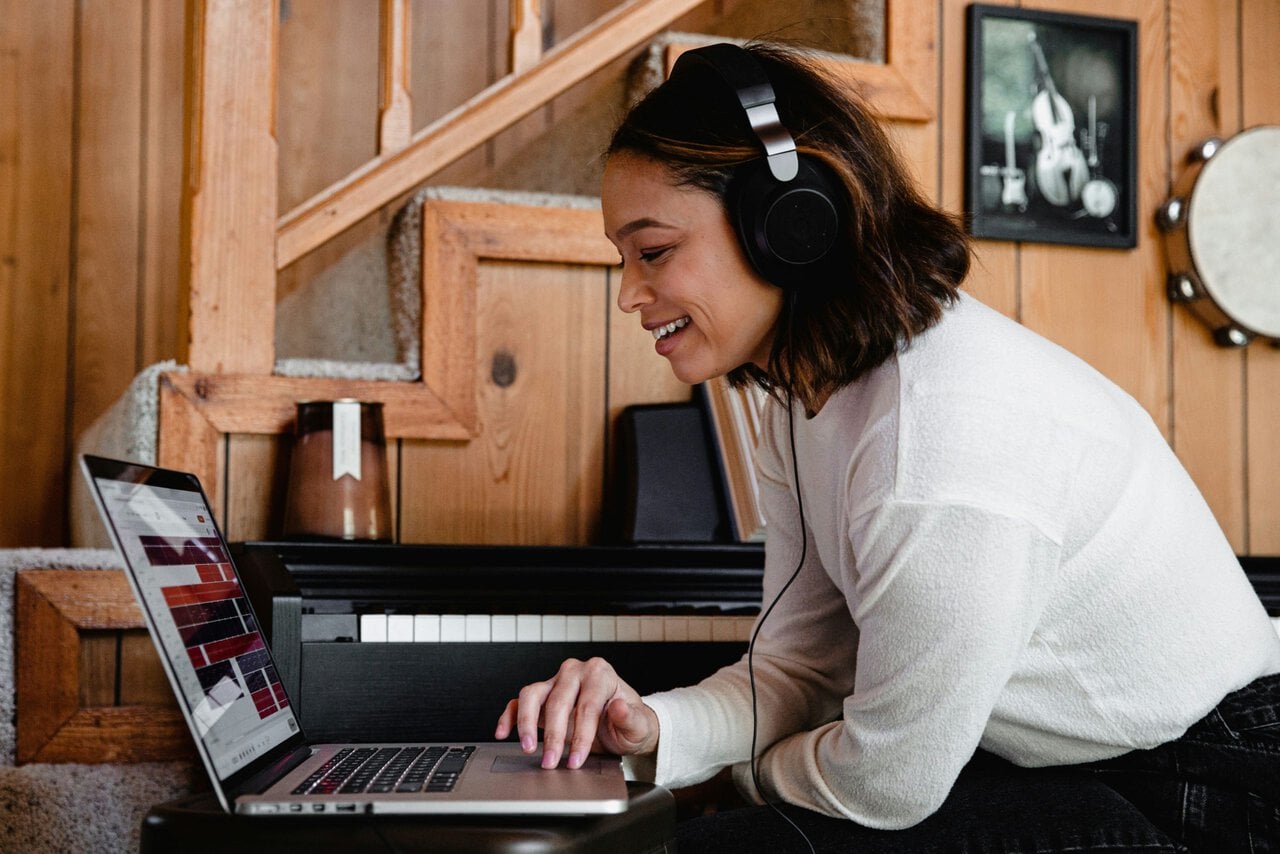With most of the content on the web these days being in video form, we all needed to record our screen at some point. You could be streaming a game, doing a presentation, working remotely with your team, making a how-to video, or something else. There are numerous reasons why you’d want to record your computer screen.
Why you should be recording your screen?
YouTube is probably the main reason why videos, as a format, have overtaken all other formats. From commentaries and guides to reactions and reviews, as well as everything in between, people come to YouTube for absolutely everything. Now, to upload a video, you’ll need to record it, more often than not – by recording your screen. This alone is enough to make you figure out the best (free if possible) options for making those recordings.
Why opt for a free solution?
Whether it’s just for fun, for business communication, or you have a chance to monetize your recordings, it is always a good idea to look at the free options you have on hand. Especially since there are a plethora of options out there that can get the job done. Later, if you’re looking to upgrade, it’s much easier to do.

Built-in solutions
Both Windows 11 and macOS feature a built-in screen recording app. Since you’re using your preferred OS anyway, this could be the easiest way to go about screen recording. Having said that, both systems offer only a very barebones tool, with very limited features. Essentially, you’ll want to use these only if it’s a “start recording>stop recording” kind of situation. Anything more advanced and you’ll have to look elsewhere.
Third-party apps
Just by doing a quick Google search, you’ll find yourself a plethora of viable free screen recorder solutions. Some will only be free during a trial period, and some will offer a freemium plan, where you get access to some features for free, while others are locked behind a paywall.
Now, the main difference, or more precisely, advantage, specialized software brings to the table are the features. These encompass things you can do while recording and things you can do editing the video after recording. If you’re looking to draw on your recording, have notes written in real-time, input your brand, or make screenshots, it’s all easily accessible, usually within a user-friendly interface.
To make your life easier, look for something light that doesn’t overcomplicate the core function of recording videos. If you need highly specialized features, you can always use a video editor before publishing. Be sure to check the compatibility of the app (Windows and Mac), because each has a slightly different approach to video recording.

Hardware needed for quality video recordings
You don’t need much to churn out quality videos i.e. you don’t need to invest much if you already own a semi-decent PC or laptop, but here are some things to keep in mind:
- A good microphone – if you plan on speaking during your videos, this is probably the most important piece of hardware to invest in. Bad sound quality can derail even the best videos.
- A decent graphics card – you need to run your screen in 1920×1080 (full HD) at a minimum, as it’s the standard nowadays. Everything you record needs to run without visible FPS drops in that resolution (we’ll go into more details later).
- A webcam – if you plan on inserting yourself in your videos (in guides, or game playthroughs) you’ll need a webcam. Laptops come with one already installed, but if you have a PC get one – it doesn’t have to be top-of-the-line, budget cams work just fine.
Screen recordings in business
The second wave of digitalization that we’ve gone through in the last couple of years has shown us that many more things can be done remotely than we ever thought. Businesses, especially those in the IT sector, have given most of their office staff the option to work from home. As more and more people work from home, there’s a growing need to redefine business communication channels. Going down the hall to check on something with a colleague in person is a thing of the past, while emails and chats simply won’t do anymore, hence – screen recording. You can use pre-recorded videos for presentations and/or coaching new employees, or you can use real-time streams for direct communication.
Working remotely expands the hiring process, as well. You’re no longer confined by location, and you can employ from virtually anywhere in the world, with the language barrier being the only possible obstacle.

Monetizing your recordings
We’ve already mentioned YouTube, as the main reason videos, as a format, have become the predominant method of content creation. To get to the monetization part, you’ll need to first make the recordings.
The quality of the recordings must be top-notch. A prime example is video resolution. Not so long ago, the 720p resolution mark was tagged as HD but has since lost that designation. You’ll therefore need to record in 1080p (full HD, 1920×1080) as a minimum, even if we’re talking about basic instruction videos that use something like notepad to get their point across. You can potentially add some effects for an extra kick, just don’t get too cheesy, especially if it’s a serious video – no one wants to see checkerboard transitions in a how-to coding video.
Sooner or later, depending on how popular your channel gets, you’ll be able to earn money for your work, which you can then turn around and invest in making even better videos, to earn even more. It’s a rather simple cycle, but it requires perseverance.
Conclusion
If you use screen recording once a month to send a status report to your team leader because you’re working from home, you’ll probably be just fine with using the built-in options your OS provides. On the other hand, if you plan to make screen recording a source of income, you’ll probably have to invest in hardware (microphone, high-end pc/laptop, etc.) and software (screen recording, video editing, etc.).
In the former situation, screen recording becomes a forgettable action that requires minim effort and essentially replaces the mundane task of going around the corner to the next office. Making screen recording the core of your business (streamer, vlogger, influencer, YouTuber, etc.) implies an ever-evolving trial-and-error learning process that ultimately ends up with the winning formula, somewhere down the line.
The software you use should reflect your situation, but either way – check out the available free solutions first, you probably won’t be disappointed by what you find.
